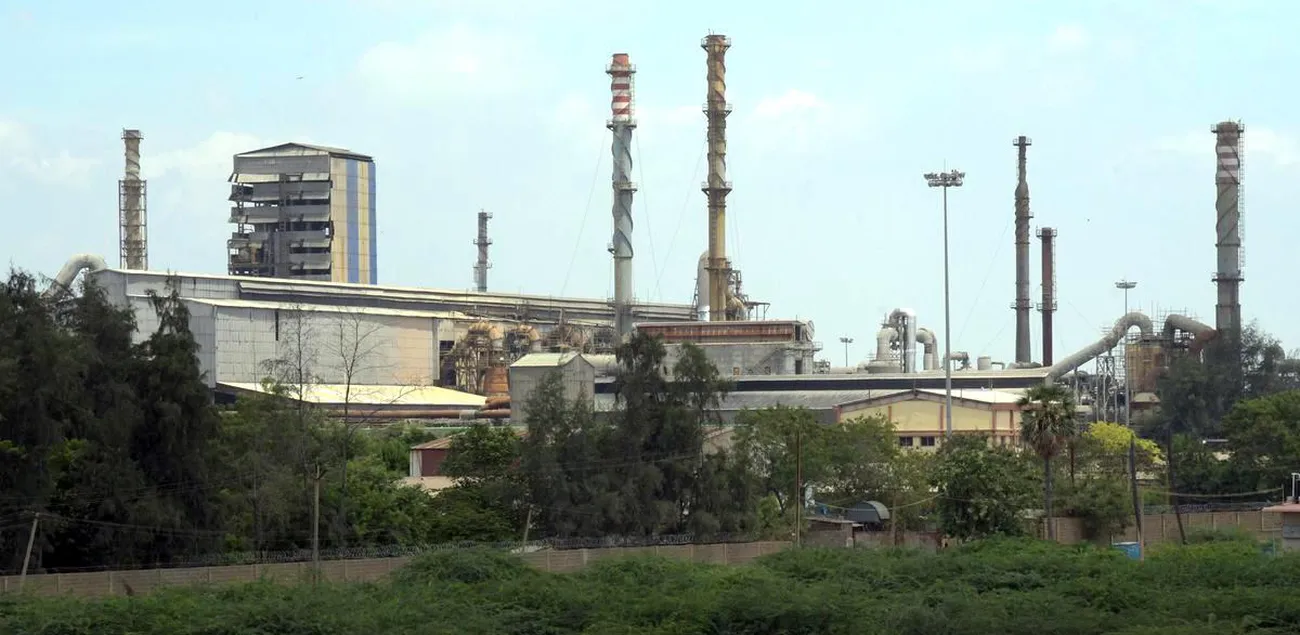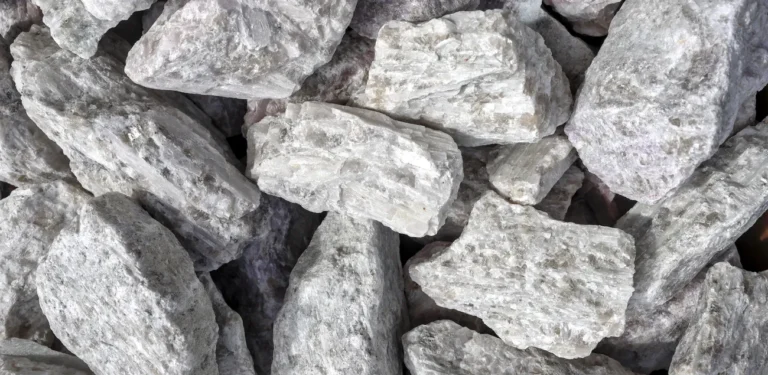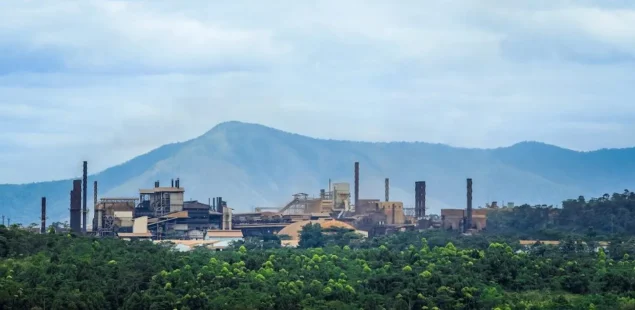
A two-member expert committee has submitted recommendations to Tamil Nadu Chief Minister M.K. Stalin for reopening Vedanta’s shuttered Sterlite Copper smelter in Thoothukudi through a “green restart” approach, seven years after the facility’s closure following deadly protests that killed 13 civilians. The proposal comes amid global copper supply constraints and mounting pressure on Western smelting operations, though the recommendations face significant political and community resistance in a state where the plant remains a contentious issue.
Expert Committee Proposes Hybrid Production Model
The committee, comprising Ganapati D. Yadav, emeritus professor and former Vice Chancellor of the Institute of Chemical Technology Mumbai, and R. Nagendran, retired Professor of Environmental Engineering at Anna University Chennai and former National Green Tribunal expert member, has outlined a hybrid production model incorporating 30% recycled copper content. This approach aims to reduce slag generation by 15% and hazardous waste by 40% compared to traditional smelting operations.
The hybrid model addresses one of the primary environmental concerns that led to the plant’s closure, as copper concentrate processing represents the main source of slag generation in smelting operations. By eliminating the ore-to-metal conversion stage for recycled materials, the proposal targets significant waste reduction while maintaining production capacity at the 400,000-tonne annual facility.
The committee recommends closure of the phosphoric acid plant, which would eliminate handling of 2.2 million tonnes of materials annually while reducing bulk material transportation and associated environmental impacts. Advanced emission controls including increased stack height and improved gas capture systems form additional components of the environmental mitigation strategy.
Water Management Strategy Targets Community Concerns
Water consumption represented a major source of community opposition during the plant’s previous operations, with local fishing communities citing impacts on groundwater and marine ecosystems. The expert recommendations propose increasing desalinated water usage to 80% of total consumption while implementing 100% process water recycling and utilizing 3,000 cubic meters daily of municipal wastewater.
The water sharing proposal includes providing treated water to nearby villages as a community goodwill measure, addressing historical grievances about resource competition between industrial operations and local populations. However, the effectiveness of these measures in addressing community concerns remains uncertain given the deep-seated opposition to the facility’s operations.
Tamil Nadu’s water stress conditions, with the state experiencing frequent droughts and groundwater depletion, create additional challenges for any industrial facility requiring substantial water inputs. The desalination component would require significant energy consumption, potentially offsetting some environmental benefits of the hybrid production model.
Political and Community Resistance Remains Substantial
The Sterlite Copper plant’s closure in May 2018 followed months of escalating protests culminating in police firing that killed 13 civilians during an anti-Sterlite rally. The incident created lasting political sensitivities around the facility, with the ruling Dravida Munnetra Kazhagam party maintaining opposition to reopening despite potential economic benefits.
Chief Minister M.K. Stalin’s government faces pressure from multiple directions, with industrial advocates citing job creation and copper supply security benefits while environmental groups and local communities maintain strong opposition. The plant’s closure eliminated approximately 1,500 direct jobs and affected thousands of indirect positions in the region’s industrial ecosystem.
The proposed ₹100 crore ($12 million) Corporate Social Responsibility corpus for community development, including schools, hospitals, and skills training programs, represents an attempt to address local concerns through economic benefits. However, similar CSR initiatives during the plant’s previous operations failed to prevent the community mobilization that led to its closure.
Market Context Supports Copper Processing Revival
Global copper smelting capacity faces unprecedented pressure from Chinese overcapacity and negative treatment charges that have forced Western facilities into care and maintenance status. India’s position as a major copper consumer with limited domestic smelting capacity creates strategic rationale for maintaining processing capabilities, particularly as global supply chains face disruption.
The Sterlite facility represents one of India’s largest copper smelting operations, with annual capacity of 400,000 tonnes serving domestic demand from electrical, construction, and manufacturing sectors. India imports approximately 50% of its refined copper requirements, creating foreign exchange outflows and supply security vulnerabilities that domestic production could address.
Current London Metal Exchange copper prices near $9,500 per tonne support smelting economics, though treatment charges remain under pressure globally. The facility’s closure has forced Indian copper consumers to rely more heavily on imports from China, Japan, and Chile, creating supply chain dependencies that the government seeks to reduce.
Environmental Technology Claims Face Scrutiny
The expert committee’s environmental mitigation proposals rely on technologies and practices that require validation under real-world operating conditions. While recycling integration can reduce primary smelting impacts, the overall environmental footprint depends on implementation effectiveness and regulatory enforcement capabilities.
The Tamil Nadu Pollution Control Board’s capacity to monitor and enforce environmental compliance has faced criticism following previous industrial incidents, creating uncertainty about the effectiveness of proposed oversight mechanisms. The Local Management Committee structure aims to address transparency concerns, though similar participatory approaches have shown mixed results in other industrial contexts.
Air quality monitoring in Thoothukudi has shown improvements since the plant’s closure, with sulfur dioxide levels declining significantly. The resumption of operations would require continuous monitoring and public reporting to maintain community confidence, while advanced emission controls would need to demonstrate measurable improvements over previous performance.
Economic Implications Extend Beyond Local Impact
The Sterlite facility’s closure has affected India’s copper value chain, with downstream manufacturers facing higher raw material costs and supply uncertainties. The facility’s sulfuric acid production also served fertilizer and chemical industries, creating broader economic impacts beyond copper processing.
Vedanta’s investment in the facility exceeded $1 billion over its operational period, representing substantial sunk costs that closure has rendered unproductive. The company has pursued legal challenges to the closure while maintaining the facility in care and maintenance status, incurring ongoing costs without revenue generation.
The broader copper industry faces consolidation pressures as Chinese capacity expansion forces Western smelters to close or seek government support. India’s strategic autonomy objectives support maintaining domestic processing capabilities, though political feasibility remains the primary constraint on implementation.
Company Background and Market Context
Vedanta operates as one of India’s largest diversified mining companies with operations spanning copper, zinc, aluminum, iron ore, and oil and gas across multiple countries. The Sterlite Copper division represents a significant component of the company’s portfolio, though its closure has forced operational adjustments and strategic realignments.
The Thoothukudi facility began operations in 1996 and expanded capacity multiple times before closure, serving as a major employer and industrial anchor for the region. The plant’s integrated operations included copper smelting, sulfuric acid production, and phosphoric acid manufacturing, creating a complex industrial ecosystem with multiple stakeholder dependencies.
India’s copper industry serves essential functions across electrical infrastructure, construction, and manufacturing sectors, with domestic demand growing at 6-8% annually driven by urbanization and industrialization. The country’s limited domestic mining resources create dependence on imported concentrates and refined copper, making processing capacity strategically important for supply security and economic development.



